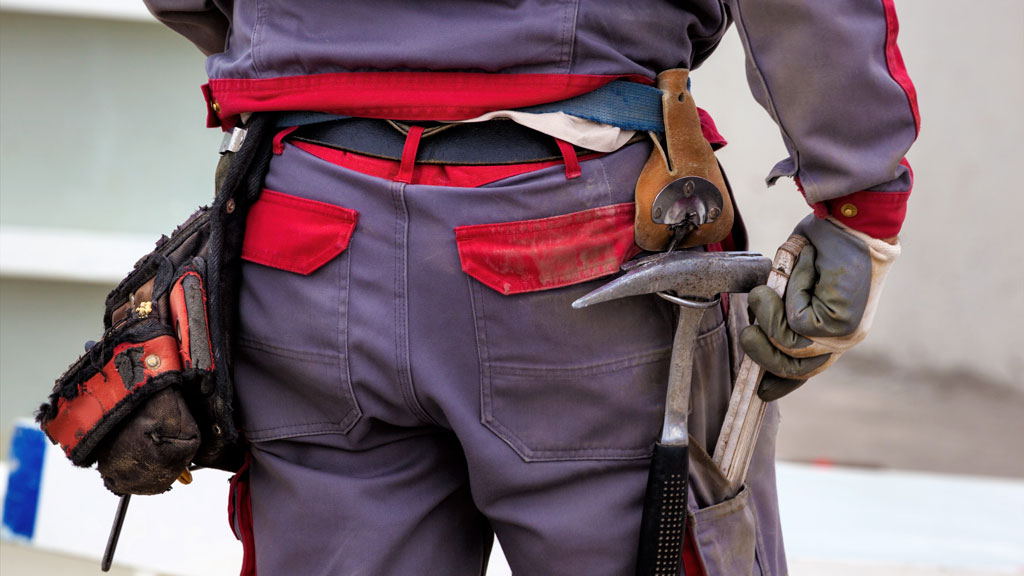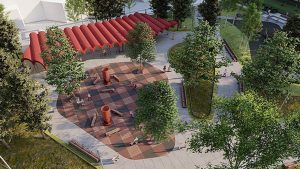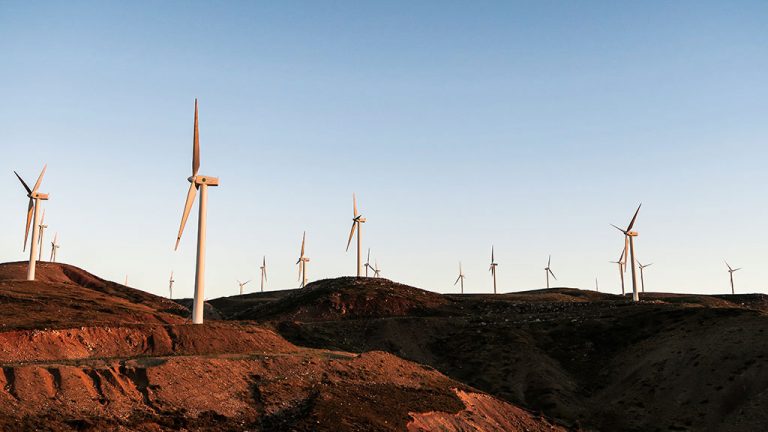A new report is touting Alberta’s potential for zero carbon construction if the province can shift its training systems towards green building.
The Canada Green Building Council (CaGBC) has released a study titled Trading Up: How Alberta’s Trades Can Build a Zero Carbon Future which explores zero carbon skills Alberta’s construction trades will require in the future and how the trades can train for increased retrofitting of buildings to zero carbon status.
CaGBC chief commercial officer Brent Gilmour said Alberta has several key advantages that lend the province’s workforce to shifting to zero carbon construction.
“Alberta has one of the strongest uptakes in trades apprenticeship programs, and workers have more opportunities to get into the workforce,” Gilmour said.
The report made several recommendations including the creation of a green seal certificate and the incorporation of zero carbon skills into apprenticeships.
“There’s already red and blue seals. We recommend for those up and coming through the system that they be able to obtain a green seal so they can focus on high performance buildings,” Gilmour said.
He cautioned the nature of construction work can be a challenge to green training.
“Journeypeople are trying to pass on the knowledge they have and they’re adapting to new technology, but their foundational knowledge is from 20 years ago. We have to help both those who are going through the system but also those who have done it already,” he said.
The demand for more workers in the field also limits the amount of time journeypeople have available for their own training, Gilmour added.
“They’re already experts in their field, but time is extremely limited for trades. If they aren’t working, they aren’t getting paid,” he said.
The interconnected nature of zero carbon building means tradespeople also need to have a more wide-ranging view of how their own work affects other jobs, he added.
“The fabric of the membrane of a building involves several trades working together to make sure that the seal and membrane work together. You might also be considering (using) something not previously thought of like photovoltaics,” he said. “All that means people have to consider how their job affects the other person.”
Many construction skills are transferable from one sector to another, he added, and though Alberta’s dominant industry is oil and gas, those facilities also employ green construction.
“Most of the facilities in the oilsands are trying to be net-zero energy and are looking at onsite renewables and energy efficiency for their buildings,” he said.
Another area of focus is engaging with manufacturers and suppliers who are bringing forward new products and seeing if technological adoption in the workplace addresses current knowledge gaps.
“A lot of product is coming into the marketplace and all of it challenges traditional training. It pushes workers out of their traditional area of focus,” Gilmour said.
The Alberta government’s recent announcement of a substantial infrastructure spend to help the province recover from both plummeting oil prices and the COVID-19 pandemic is another opportunity to move towards green building, he added.
“This is the opportunity to make sure the workforce now has the mindset to reduce carbon while still making sure what needs to get built is built. We need to be getting ready today, not tomorrow,” Gilmour said. “If you don’t, you not only miss a training window but also the demands of the marketplace.”











Recent Comments
comments for this post are closed